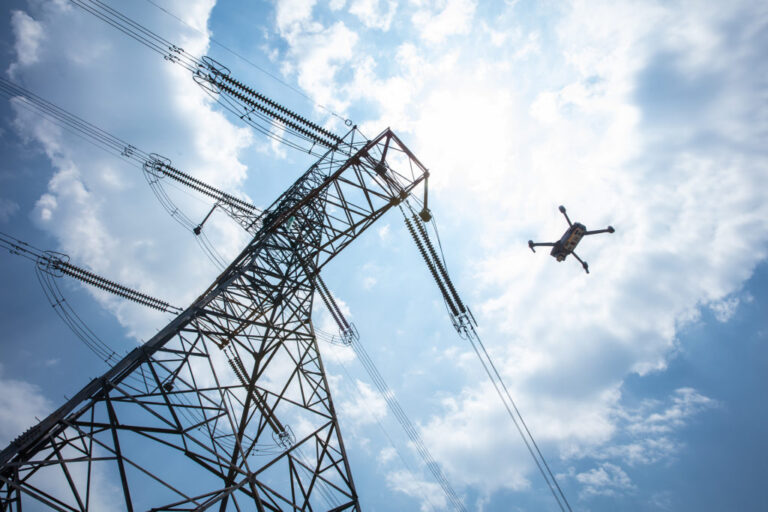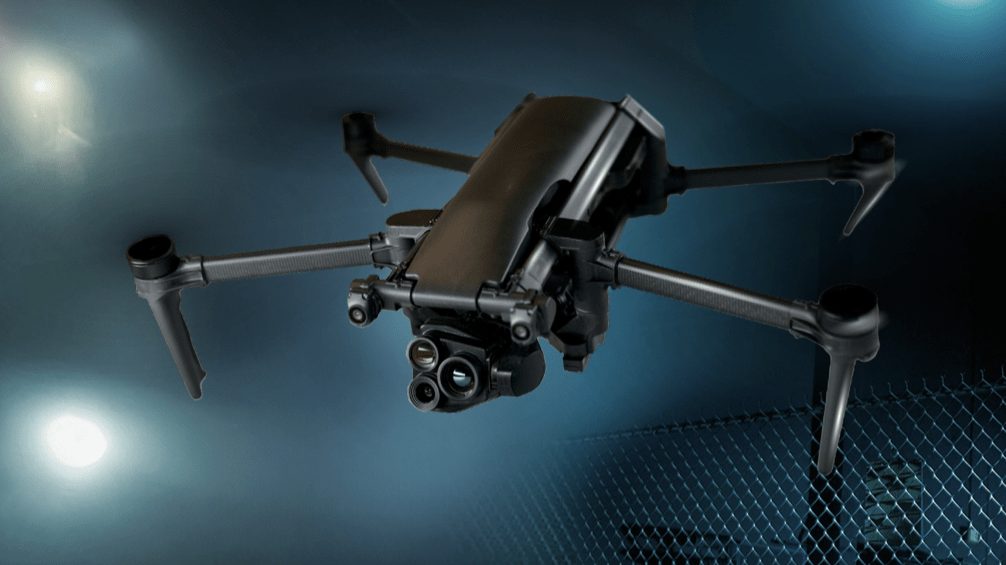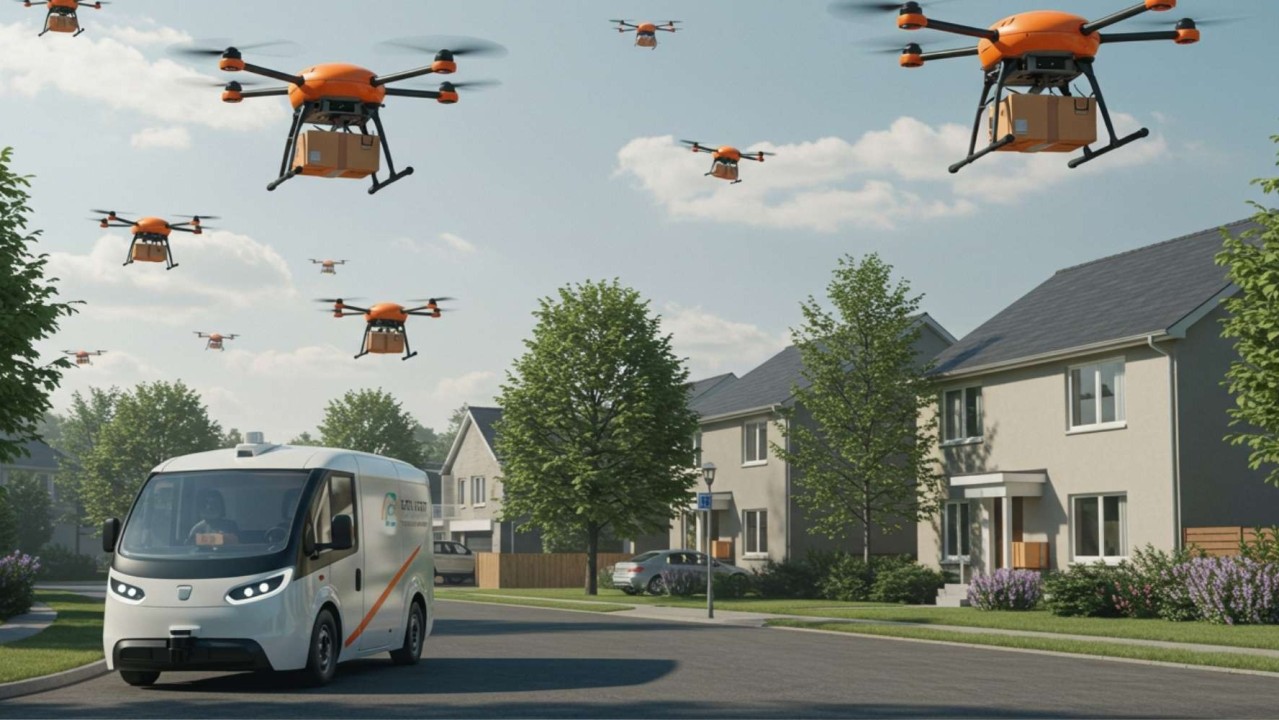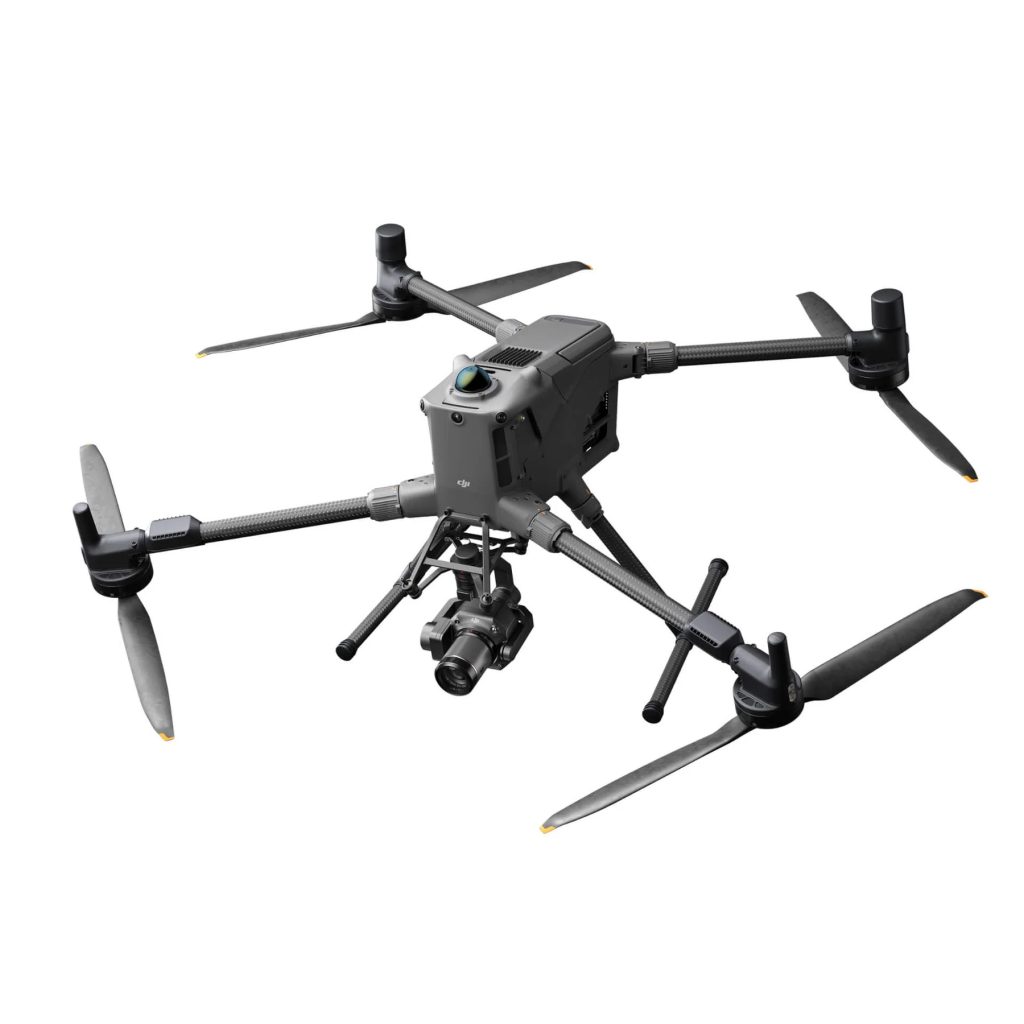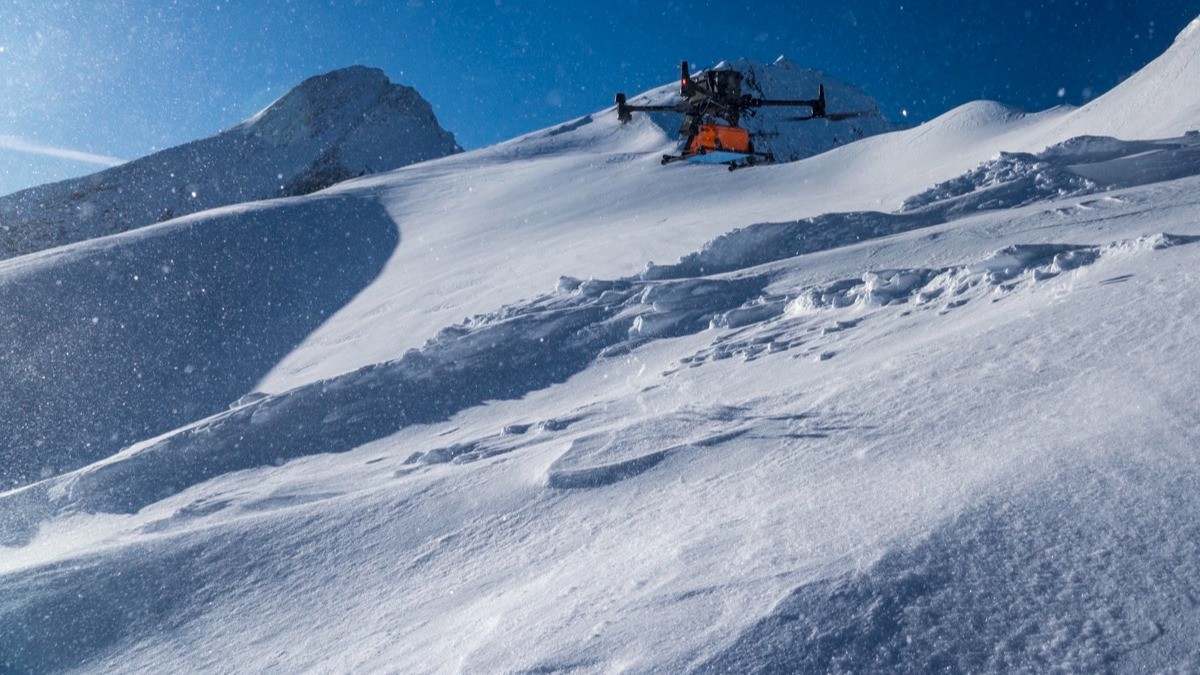
In the realm of snow and ice research, traditional methods like digging snow pits for stability assessments are labor-intensive and pose safety risks. Recognising these challenges, GEORESEARCH, in collaboration with LO.LA Peak Solutions GmbH and funded by the FFG, embarked on the STRATIFY project to explore innovative approaches to snowpack analysis.
The Challenge
Assessing snowpack stability in alpine regions often requires researchers to physically access avalanche-prone areas, making the process hazardous and time-consuming. Moreover, these methods are not practical for covering extensive terrains.
The Solution
In April 2023, the team conducted a field campaign at the Kitzsteinhorn Glacier ski resort in Austria. They deployed a DJI M300 UAV equipped with the Zond Aero 1000 Ground Penetrating Radar (GPR) system from SPH Engineering . Flying at a consistent altitude of 5 meters above the snow surface, the drone collected high-resolution subsurface data across a predefined grid. Complementary measurements, including snow depth probes and snow pit analyses, were conducted at select points for validation.
The Outcome
The integration of drone-based GPR technology enabled the team to map intricate details of snow and ice layers, revealing patterns and structures previously inaccessible. The developed algorithm for automated boundary layer detection facilitated swift and precise determination of current snow depth and snowpack stratigraphy. Validation against traditional methods showed a strong correlation, underscoring the reliability of this approach.
Implications
This advancement not only enhances the safety and efficiency of snowpack studies but also provides a scalable method for monitoring larger areas. The successful application of drone-mounted GPR in steep alpine terrains marks a significant step forward in remote sensing capabilities for environmental research.
As climate change continues to impact alpine regions, such innovative tools are crucial for informed decision-making and sustainable development.
Download our FREE GVC Training Guide
Learn everything you need to know about becoming a drone pilot with our GVC training guide.
- Get a full course roadmap to understand every step of the journey
- Contains clear answers to all of the frequently asked questions
- Get a transparent and comprehensive breakdown of course costs


